10 Flutter Advantages for Internet of Things (IoT) and Mobile App Development
If you are considering cross-platform development on your project, you’ve probably thought about Flutter. There is a serious buzz around this toolkit, and several big brands like Alibaba and Phillips have already tried it on their mobile apps. In this article, we are going to talk about the major benefits of Flutter app development and how choosing this platform affects the speed, cost and productivity of mobile application development.
Flutter is a young and fast-growing project by Google. It’s a complete software development kit (SDK) that allows creating functional cross-platform applications for mobile, web and desktop. It’s open-source and easy to learn and get a hang of. Like any other cross-platform technology, Flutter has a lot of special features that make it shine.
Here are the top 10 Flutter advantages that convince businesses to choose this technology over other cross-platform frameworks or even native app development. So, why using Flutter?
Fast development

As a rule, the goal of using any cross-platform technology is to speed up the development process. In the case of Flutter mobile app development, you write one codebase that can run on both Android and iOS smartphones.
It doesn’t mean that you cut the development time in half compared to native development. It always takes extra time to smoothen the edges and make sure everything renders as it should on both platforms. However, Flutter development time is significantly shorter (saves up to 70%) than native development for two platforms. And most importantly, it takes only one team to build an app for iOS and Android, which leads us straight to the next benefit.
Looking for a custom Android app development services or iOS mobile app development provider? Look no more, just drop us a line!
Reduced cost

Reduced development time and a smaller team imply serious savings. For some businesses, it means more flexible budgeting and the opportunity to implement more features in less money. For companies with limited resources, cross-platform development can be the only chance to kick-off in the first place. This is one of the reasons why Flutter mobile development is such a great fit for MVP and PoC projects.
Learn how to reduce mobile app development costs.
Native performance
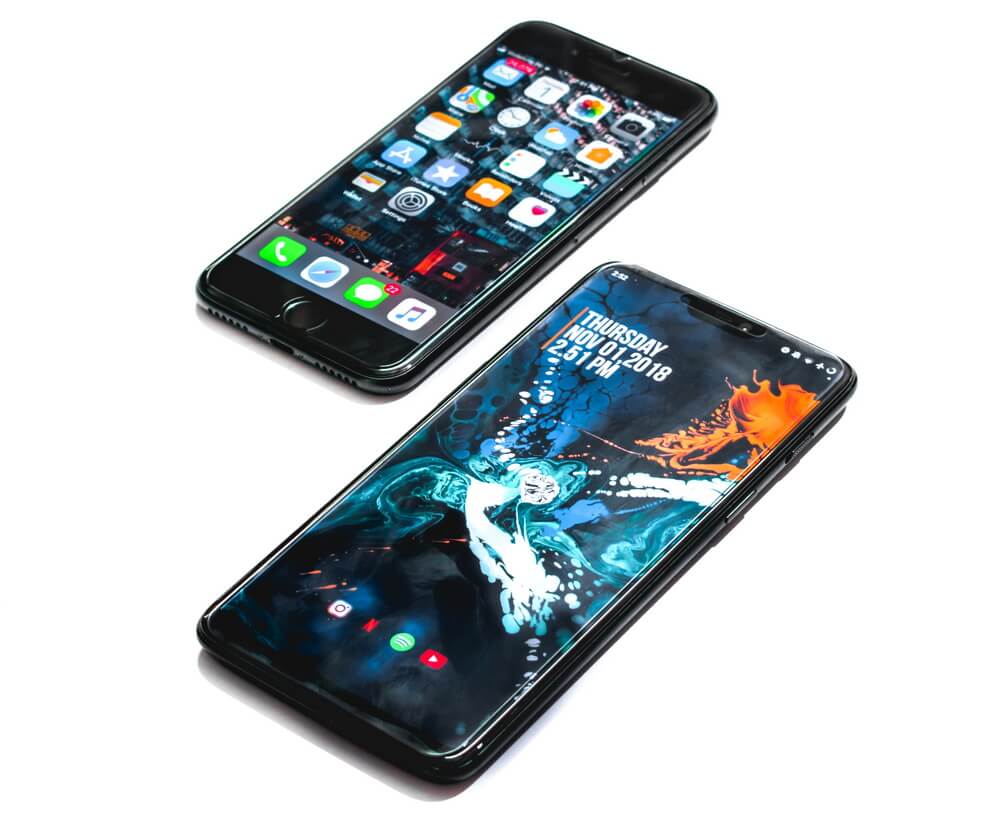
Just because it’s not native it doesn’t mean it should look off. In fact, one of the reasons why Google’s Flutter won over so many hearts is the beautiful native-like performance it provides. Is Flutter good for app development when you need to create something beautiful? Yes, it is.
When it comes to mobile app development, the Flutter toolkit includes every possible library, component and widget needed to recreate the native iOS and Android look and feel. If we are talking about a lightweight app, you won’t even tell it’s Flutter-based.
High performance
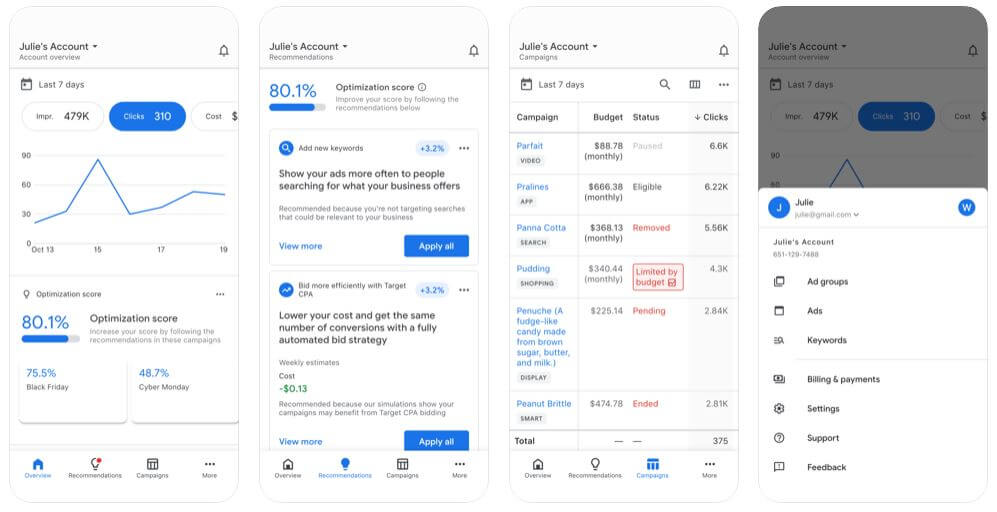
Just because it’s not native it doesn’t mean it should perform poorly. Flutter is often compared to a more mature cross-platform framework React Native. Performance is one of the criteria Flutter beats React, by a large margin.
Flutter’s engine was built to communicate with native modules directly, which results in good performance and high speed. Using Flutter, you can build a single-page app, a mobile platform that streams video or a data-heavy IoT application. They will be equally stable and high-performing.
Custom UI
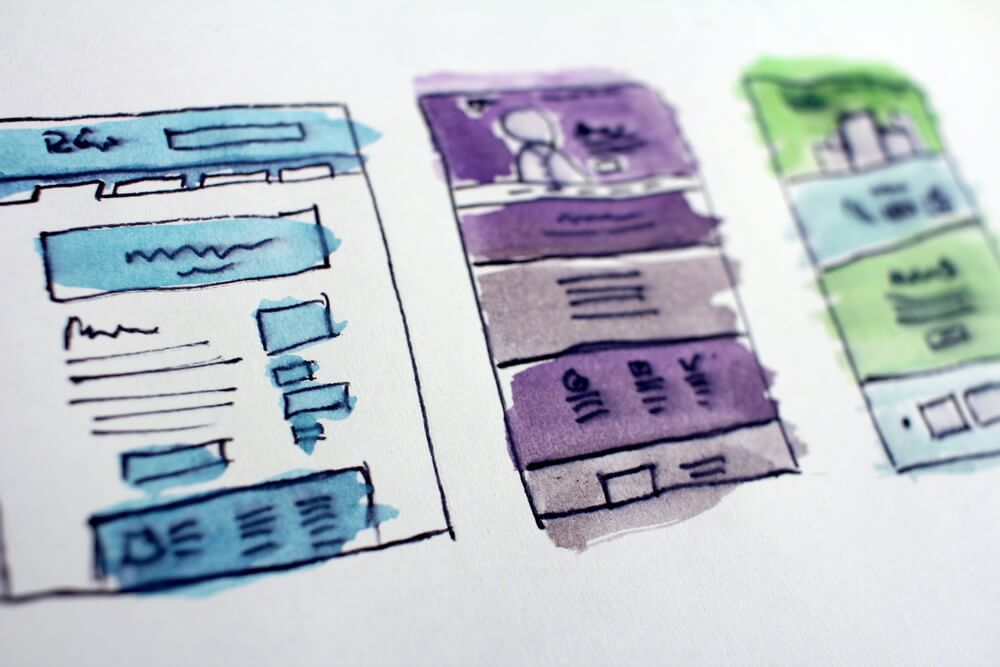
Flutter is design-friendly. It’s hard to imagine a mobile user interface that you won’t be able to implement using the resources of this platform. There are plenty of libraries and tools for any case, including Material Design and Cupertino widgets. Everything is customizable. And it goes without saying that you build two mobile apps using one UI design.
Curious if mobile app development with Flutter is a good idea for your project? Contact Digiteum to discuss.
High productivity
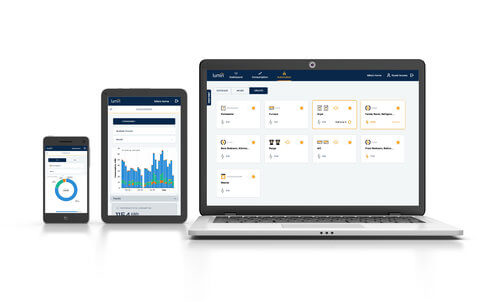
Flutter mobile application development is the real deal for scalable projects. Flutter applications are built using Dart — easy-to-learn object-oriented programming language. It is optimized, it has uncomplicated syntax and is understood by Java and JavaScript engineers.
Most importantly, Dart code can run not only on iOS and Android but also used for desktop (Windows, Mac and Linux) and even web applications. To date, Flutter’s offer for desktop and web is limited and the applications are not so stable as mobile versions. But the possibility of writing a unified code for so many platforms is incredible, productivity-wise, maintenance-wise and, importantly, business-wise. Think about developing an all-device cross-platform solution at Flutter app development cost.
Faster deployment

As a modern cross-platform project, Flutter offers software and QA engineers a functional development environment and a wide range of tools for optimized testing and debugging. Hot reload features, for example, allow engineers to immediately update code, review changes in almost real-time, test and deploy applications easier and faster.
Synched launch

So we have one team, one codebase, and a myriad of tools, plugins and libraries to develop applications fast and efficiently. Could it be any better?
Building one mobile app for two platforms simultaneously means you can deploy and launch both apps with little to no gap.
Gamification-friendly
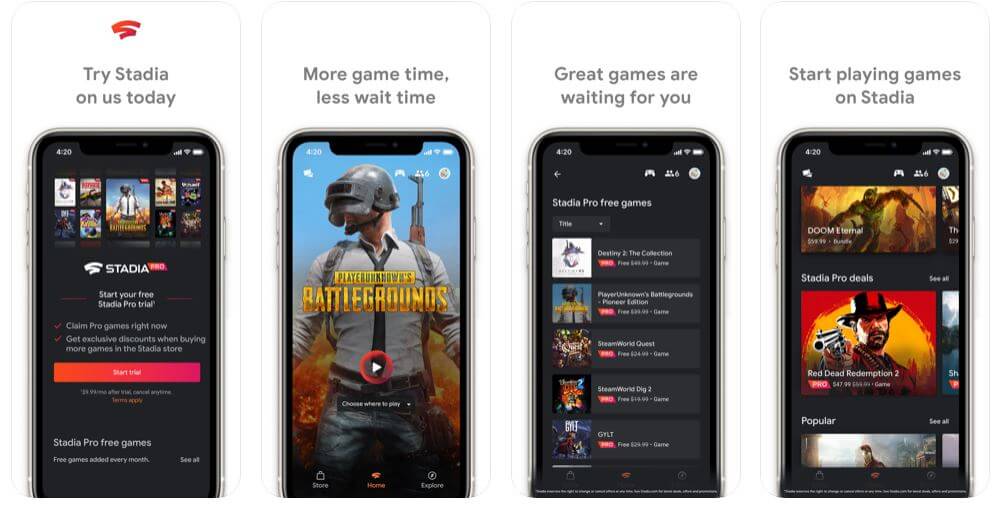
Gamification is a fast-growing tech trend. It used to be popular mostly among entertainment, fitness and gamified eLearning apps. Nowadays, gamification elements are integrated into all types of consumer applications, including eCommerce, banking, utilities, etc.
Flutter allows developers to add gamification features, implement a gamified interface on mobile applications and ensures adequate performance and speed. There are already several successful examples on stores. Innovative game streaming project Stadia introduced by Google this year is also built on Flutter.
Forward-looking

Flutter is developing very fast. In just a matter of years, the number of libraries, widgets and plugins for iOS and Android development using Flutter multiplied and made the SDK versatile and complete. Web and desktop are coming along.
However, today’s world of tech is far not limited by smartphones and laptops. The demand for Internet of Things development is growing, and so does the diversity of the tech we are using today — smart home devices, cashless stores, drone delivery services and autonomous banks are just a few examples.
Amazingly, Flutter might play an important part in this evolution. Today, it’s a great tool to quickly and efficiently develop functional applications for mobile, web and desktop. In the future, Flutter capabilities may be used to create applications for a wider range of platforms.
Let’s review this benefit in detail and talk about building IoT with Flutter.
Are you interested in mobile app development with Flutter and looking for a skilled tech team or a consultant? Contact Digiteum to talk about your project.
The future is in connected technology. Today, we can already foresee how Flutter and IoT work together to create seamless experiences in the connected world.
Fast prototyping
Flutter is a great toolkit for prototyping and building PoC IoT applications fast. In a highly competitive environment, time is an important variable, sometimes, even more important than money. Using Flutter for mobile development helps increase time-to-market speed and make a real difference for a new IoT solution or platform.
High performance
As a rule, IoT applications are data-heavy. Even a prototype should be fast and powerful enough to handle streaming data, load dynamic visualizations and enable data manipulation. Fast and high-performing applications are exactly what Flutter is good for.
Multiplatform
We’ve already mentioned that Flutter is good not only for building cross-platform mobile applications. Using Flutter, you can expand to web and desktop apps with one codebase saving a ton of time. This is a great option if you have passed over the prototyping phase and are working on an MVP project and need to provide first end-users with more than just a mobile app.
Fuchsia, Flutter, IoT
There’s an interesting connection between Google’s new OS Fuchsia, Flutter and IoT. Fuchsia is an innovative OS designed to be compatible with any platform and run on any CPU architecture. It’s promised to bridge the gaps between common devices like smartphones or laptops and novice IoT devices, including Bluetooth smart home hubs and wearables. Fuchsia uses Dart, and so does Flutter. In the future, the combination of the three can become the foundation for building truly cross-platform interfaces that run seamlessly on smartphones, desktops and different IoT devices. This is what the Flutter team calls ‘ambient computing’ and describes as the vision for Google’s versatile toolkit.
However versatile Flutter is, it’s still not an all-purpose solution. There are Flutter programming pros and cons and challenges to keep in mind.
- It is fairly new, so it is harder to find an experienced and skilled team who knows how to create mobile app using Flutter.
- If you need a prototype or an uncomplicated single-page application, React Native is often a simpler solution. It’s easier to find a React Native team than rare Flutter engineers.
- Flutter applications show great performance. But if you plan a high-loaded app, say for streaming trading data or using an AI component, Flutter or any other cross-platform framework maybe not the best choice.
- In the early days, developers often discussed the pros and cons of using Flutter for mobile applications on iOS, for this is, after all, the SDK made by Google. It is not an issue anymore though. As we mentioned earlier, Flutter provides all the necessary tools to develop native-like applications for Android and iOS and a large community to solve any problem that may come up.
We started gaining experience in Flutter soon after it was officially out in 2018.
- We have used this toolkit to develop a high-performing cross-platform application for one of our clients in the IoT cleantech sector. We leveraged the advantages of this framework to build a Flutter IoT app within a tight deadline and significantly increase time-to-market.
- Flutter is a great option for an innovative startup that needs to build a functional application and start testing it in real environment as soon as possible. We used Flutter benefits for cross-platform development to help an adtech startup develop its system time and cost-effectively.
Short wrap-up
Flutter may be a fairly new toolkit but it has a very strong foundation (Google) and a fast-growing fanbase and community of software engineers and architects. According to Statista, Flutter has shown the biggest growth rate in 2020 (+9%) and became the second most popular cross-platform framework worldwide after React Native. It will probably go on this way given the ever-increasing need for useful and cost-effective tools for mobile and IoT development.
Interested in mobile app development using Flutter? Let’s talk about your project. We have Flutter engineers in-house and already have solid experience in working with this framework on IoT and mobile projects.




